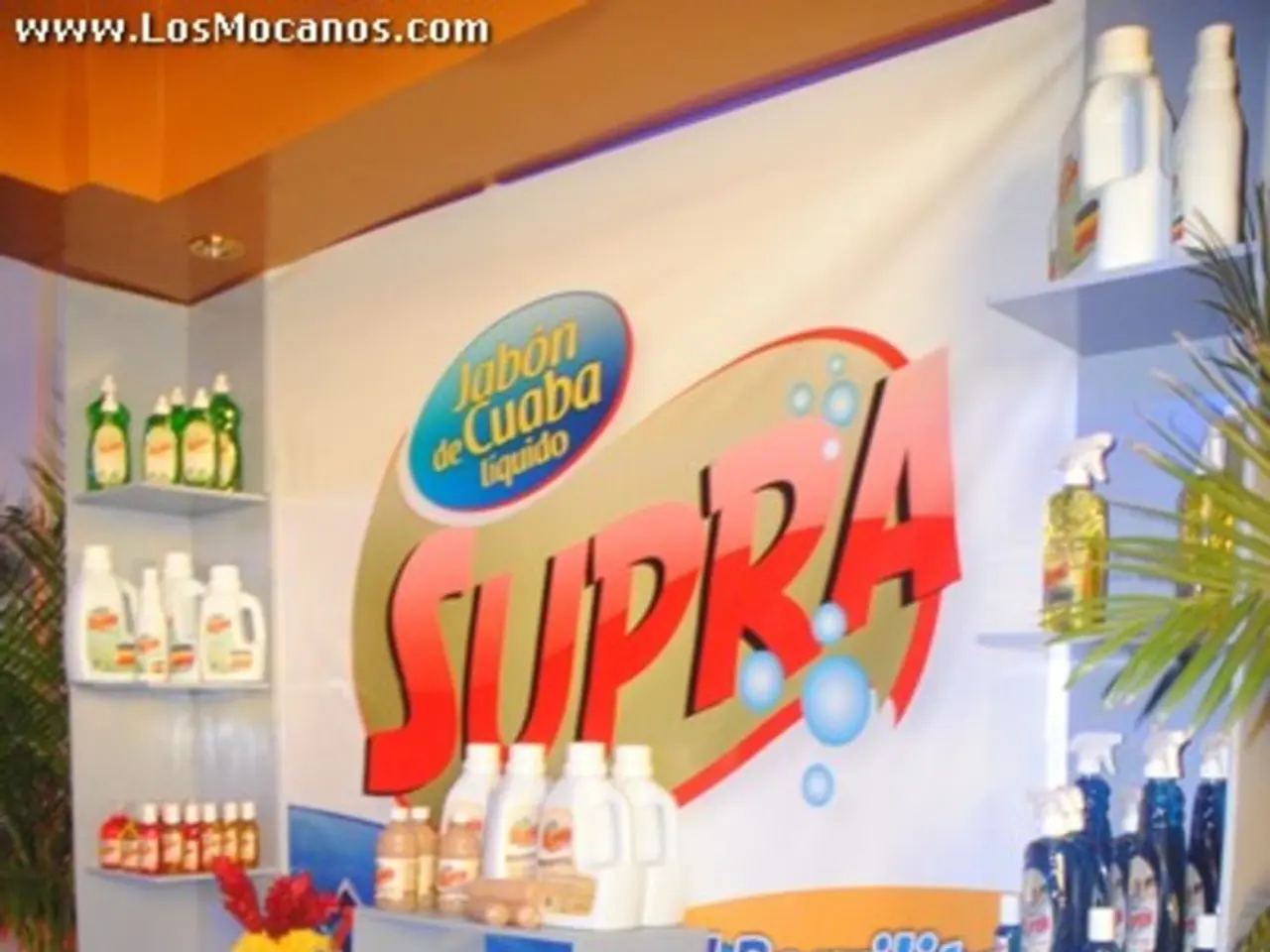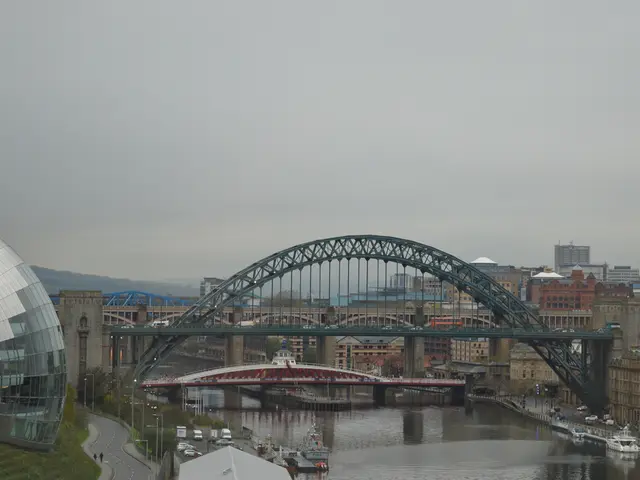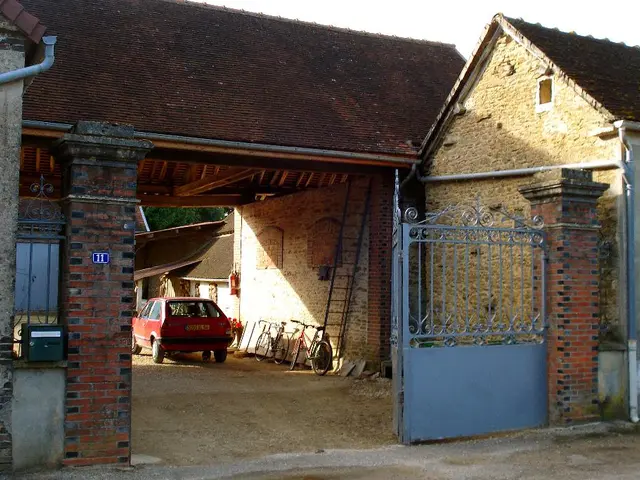Encouraging Small Businesses via EPA's Small Business Innovation Research Program
EPA's Small Business Innovation Research (SBIR) Program Drives Environmental Technology Advancements
The Environmental Protection Agency's (EPA) Small Business Innovation Research (SBIR) program is a key catalyst for the development and commercialization of innovative environmental technologies. Launched nearly 40 years ago, the SBIR program focuses on funding research and development (R&D) for small businesses, helping them create technologies that align with the EPA's mission of protecting human health and the environment.
The SBIR program supports technologies that address a wide range of environmental challenges, including pollution prevention and control, water quality and pollution reduction, air quality monitoring and improvement, waste reduction and management, environmental remediation and cleanup, wildland fire research technologies, and other innovations that help protect ecosystems and public health.
The program is structured into three phases: Phase I establishes technical merit and feasibility, awarding up to $150,000; Phase II continues development, with awards of up to $1 million; and Phase III focuses on commercialization, although the EPA SBIR does not fund Phase III directly. The emphasis is on non-dilutive federal funding that helps small businesses take high-risk, high-potential environmental technologies toward market readiness without equity loss.
One example of a successful EPA SBIR-funded company is Lucid Design Group Inc., based in California. They developed software that drives energy conservation and savings in commercial buildings, and has been used by over 500 businesses in 13,000 buildings. Another success story is Vaporsens Inc., based in Utah, who received an EPA SBIR award in 2017 for developing a highly sensitive, real-time sensor for indoor formaldehyde detection.
EPA SBIR funding has also supported companies like Bridger Photonics, based in Montana, who have developed innovative sensor technologies, including a mid-infrared laser for remote CO monitoring and spatial mapping. GreenTechnologies, LLC, based in Florida, used EPA SBIR funding to develop and commercialize a sustainable treatment and nutrient recovery process for wastewater, converting nutrients into slow-release, organic fertilizers.
The program has helped numerous small businesses achieve commercial success, with examples including Ecovative Design LLC, Industrial Microbes, and ASAT Inc. Ecovative Design LLC, based in New York, received multiple EPA SBIR awards for their MycoFoam materials as a replacement for hydrocarbon-derived synthetics in packaging, insulation, and structural cores. Industrial Microbes, also based in California, engineered a microbe that consumes carbon dioxide and methane to produce a chemical used to make synthetic fibers and biodegradable plastics, emitting six times less carbon dioxide compared to current chemical production. ASAT Inc., based in Oregon, received an EPA SBIR award for their clean-burning cookstove, the Integrated Stove, which can be used for cooking, home heating, and providing electricity for lighting and charging cell phones and small appliances.
The 2021 EPA SBIR Phase I solicitation is currently open, with applications accepted through August 28, 2020, for companies with technologies responsive to topics including clean and safe water, air quality, land revitalization, homeland security, sustainable materials management, and safer chemicals. U.S. small businesses can apply for a Phase I contract of up to $100,000 for proof of concept of their environmental technology, and after receiving a Phase I award, they are eligible for a Phase II award of $400,000 to further develop and commercialize their innovation.
In addition to the financial support, EPA SBIR funding has led to partnerships with major corporations, such as GVD Corporation's partnership with a major automotive parts manufacturer for tire manufacturing. Millions of tires produced using GVD coatings are now on the road.
The EPA's SBIR program serves as a vital incubator for novel environmental technologies that address EPA’s mission areas, supporting startups and small businesses to innovate solutions for environmental protection challenges.
- The Small Business Innovation Research (SBIR) program from the Environmental Protection Agency (EPA) funds research and development (R&D) that aims for sustainability in areas like pollution prevention, water quality improvement, air quality monitoring, waste reduction, and land revitalization.
- Successful companies like Lucid Design Group Inc., Vaporsens Inc., Bridger Photonics, GreenTechnologies, LLC, Ecovative Design LLC, Industrial Microbes, and ASAT Inc. have utilized EPA SBIR funding to develop technologies that address environmental challenges, such as energy conservation, formaldehyde detection, innovative sensor technologies, wastewater treatment, MycoFoam materials, carbon dioxide consumption, and clean-burning cookstoves.
- The EPA SBIR program offers financial awards in three phases: Phase I ($100,000) for proving the concept, Phase II ($400,000) for further development, and while Phase III is not funded directly by the EPA, it focuses on commercialization, enabling small businesses to bring high-potential environmental technologies closer to market readiness without equity loss.
- Companies in various regions, including California, Utah, Montana, Florida, New York, California, Oregon, and beyond, have benefited from EPA SBIR funding, creating technologies and solutions that align with the EPA's mission of protecting human health and the environment.
- Through the SBIR program, startups and small businesses collaborate with major corporations, as seen in GVD Corporation's partnership with a major automotive parts manufacturer for tire manufacturing, demonstrating the broader impact of these environmental technology advancements.




